About the Breed
The Shetland Sheepdog, or 'Sheltie' resembles the Collie in miniature. Mistakenly called 'Miniature Collies' or ‘Toy Collies,' the Sheltie is actually a distinctly separate breed. Shelties evolved from hardy sheep herding ancestors living on the Shetland Islands off the northeast coast of Scotland.
Temperament
Shelties are very loyal and affectionate with their family, but can be reserved with strangers. They are highly intelligent and have a desire to please, which makes them highly trainable and responsive companions. They often excel in obedience, herding and agility events. They are also very alert and protective, and will bark to let you know something is different in their realm. As a herding dog, Shelties like to chase moving things, including cars and other motor vehicles. They should have a well-fenced yard and be walked on leash.
Physical Features
According to the breed standard, the ideal Sheltie should stand between 13" and 16" at the shoulder, and generally weigh 15-25 pounds. Oversize and undersized Shelties do exist and are very common. Larger Shelties often weigh up to 40 pounds.
Colors
The Sheltie comes in six standard colors:
- Black and White, also called Bi-Black
- Black, white and tan, also called Tri-colored
- Blue-gray, black and white, also called Bi-Blue
- Blue-gray, black, white and tan, also called a Blue Merle
- Sable and white (ranging from golden brown to mahogany, with touches of black), also called Sable
- Sable and white with slight gray, also called a Sable Merle
All colors should be clear and not diluted or washed out.
Grooming
Shelties have a double coat. The outer layer consists of long, straight, coarse hair, while the undercoat is short, furry, and very dense. How much grooming your Sheltie needs will depend upon the type and quality of the coat. Overall, the Sheltie is a very clean dog, and on average needs only a weekly brushing. Shelties easily develop mats behind their ears, under their elbows, and in their hind feathers where the hair is finer. Toenails and hair between the pads need to be trimmed regularly. Shelties are prone to periodontal disease and frequent brushing and regular veterinary dentals are recommended.
Care and Exercise
To keep them fit and happy, Shelties should have a fair amount of exercise such as daily walks and active play sessions. Your Sheltie will mature to easily adapt to your lifestyle and will do well in almost any environment.
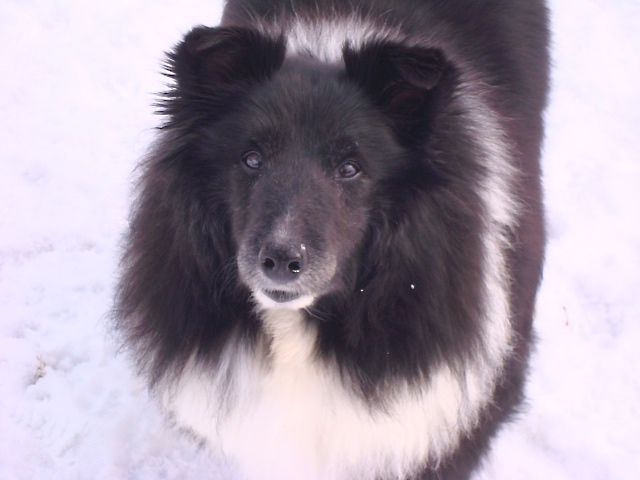 |
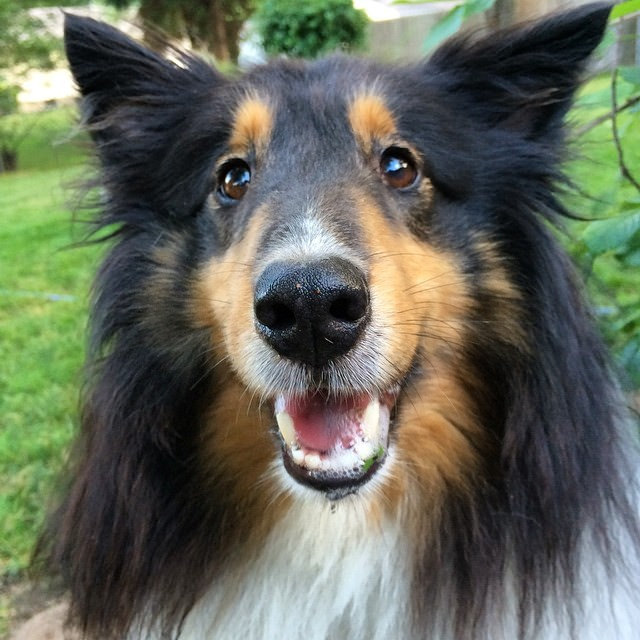 |
 |
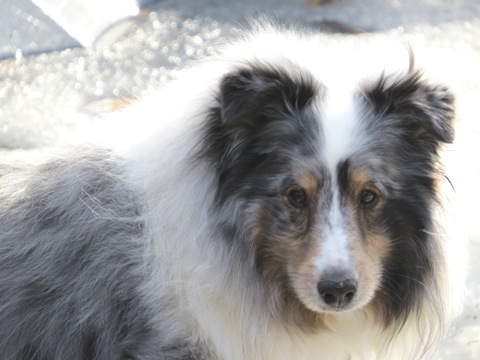 |
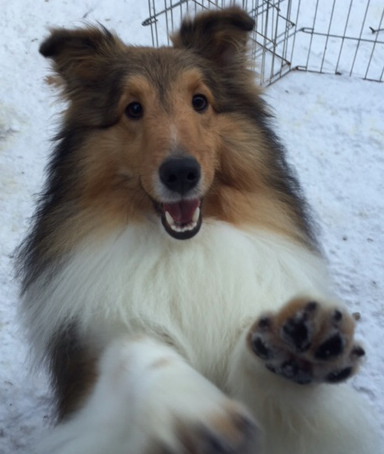 |
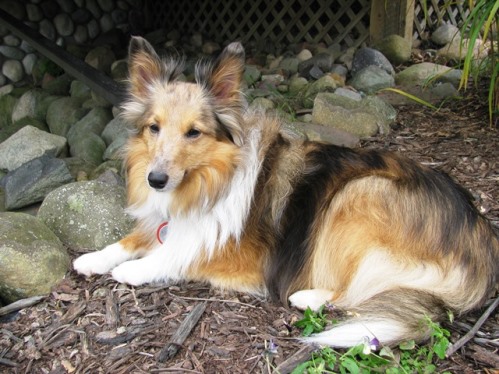 |
| Bi-black | Tri-colored | Bi-Blue | Blue Merle | Sable | Sable Merle |


